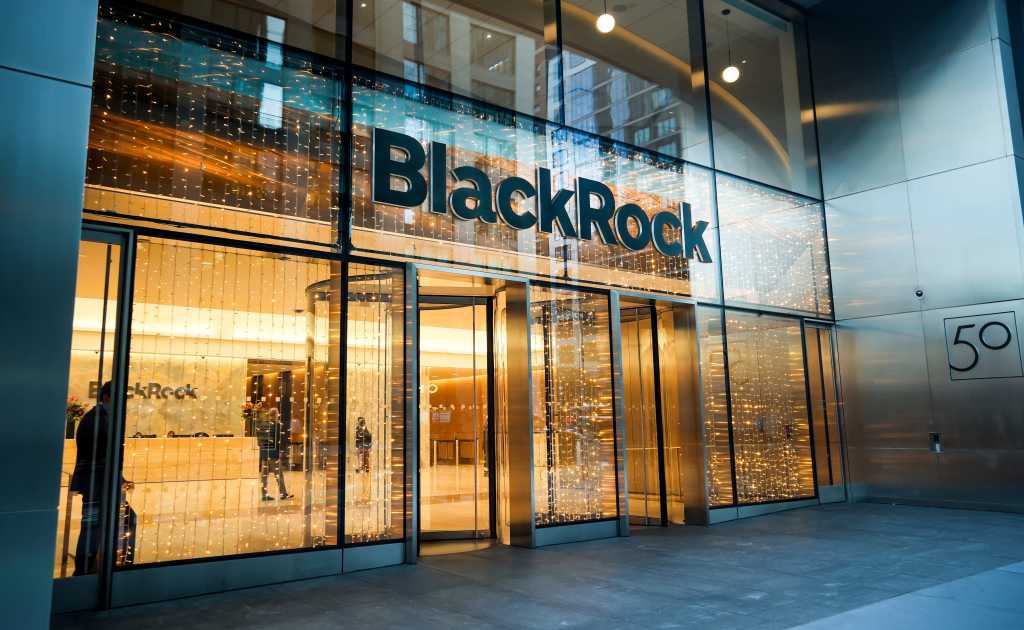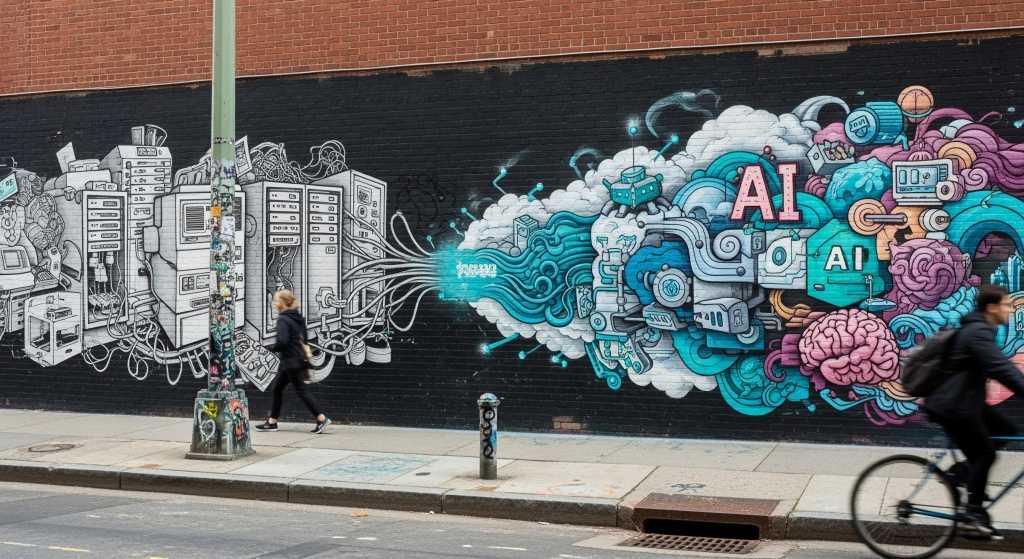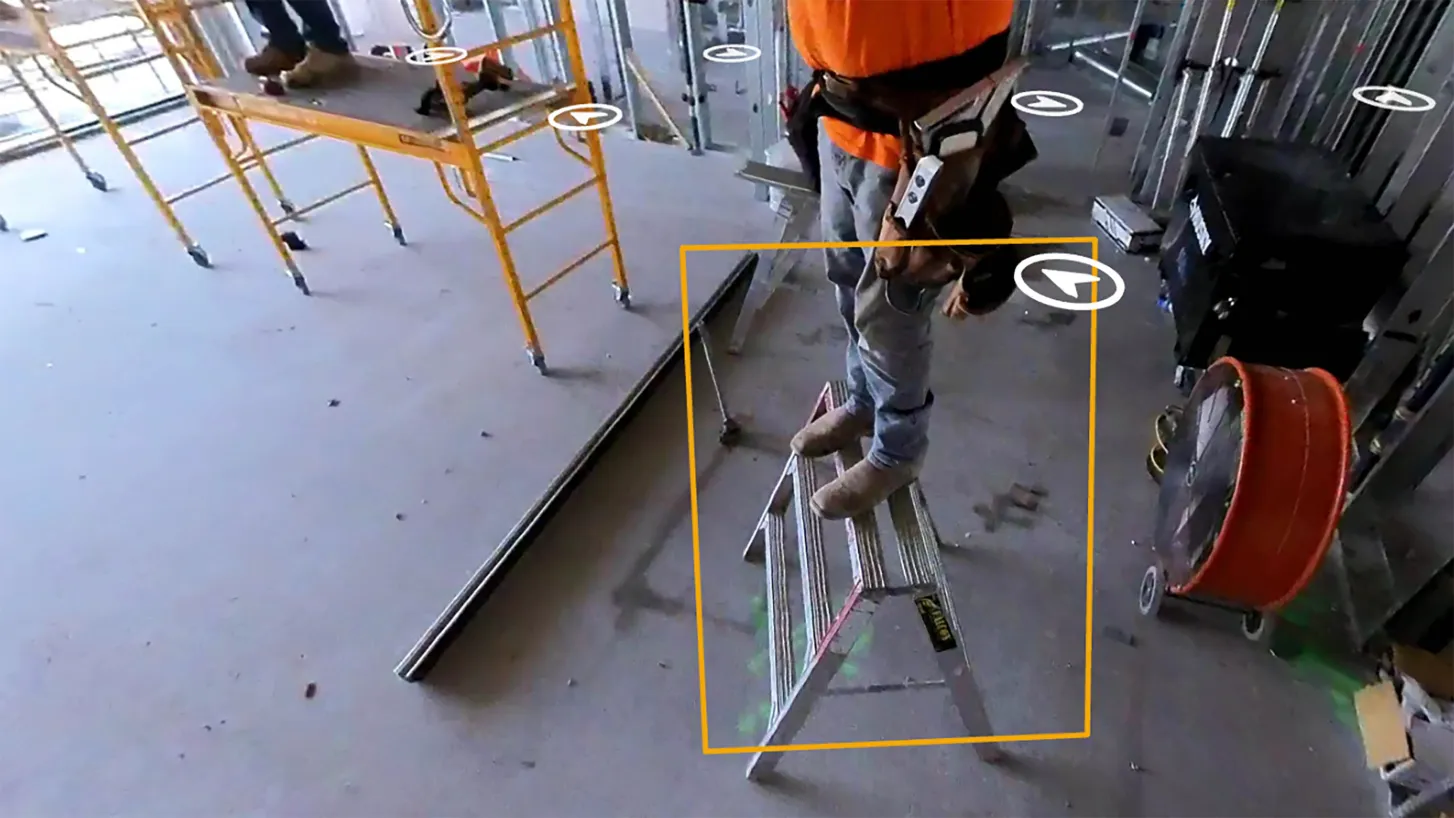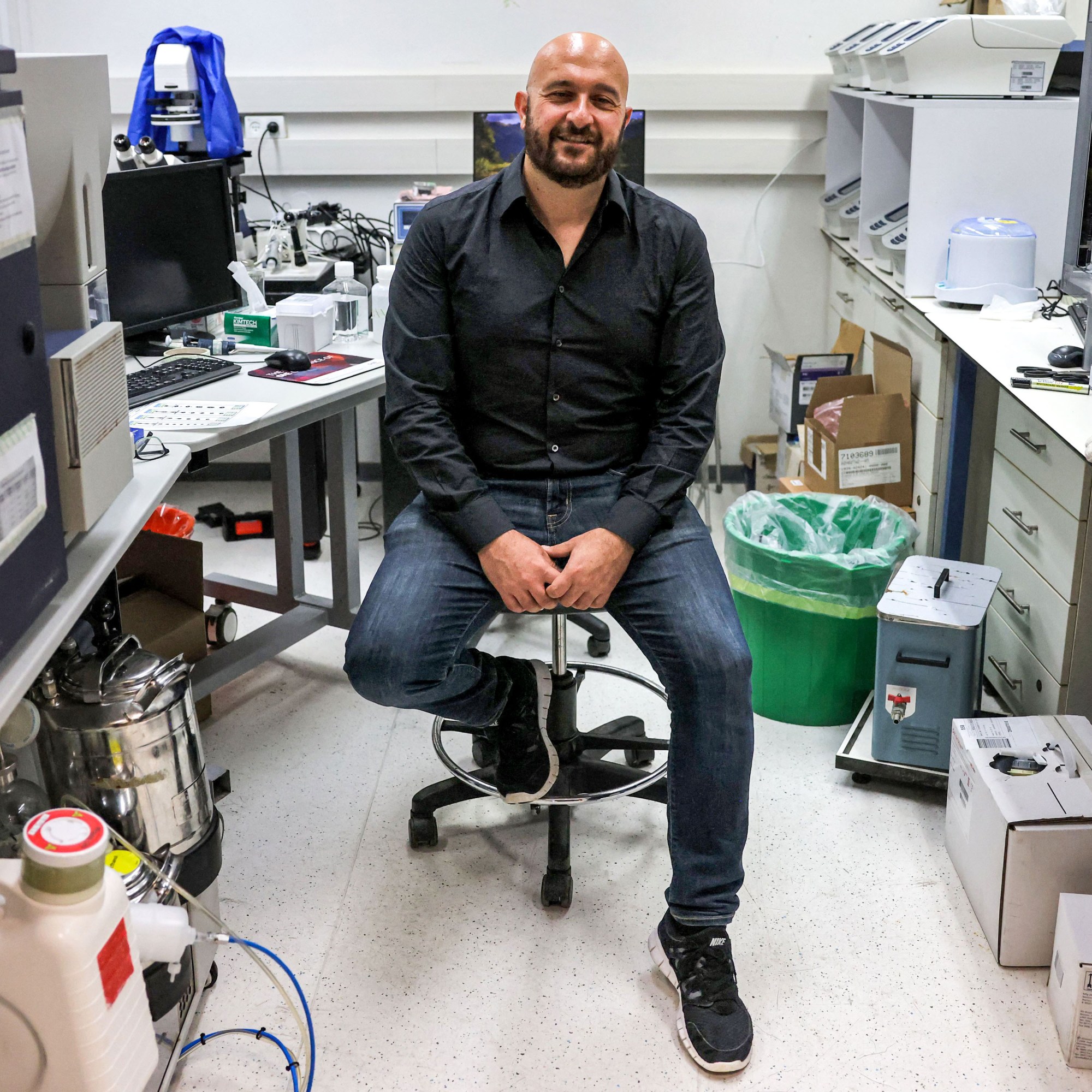
“AI supercomputing platforms integrate CPUs, GPUs, AI ASICs, neuromorphic and alternative computing paradigms, enabling organizations to orchestrate complex workloads while unlocking new levels of performance, efficiency and innovation. These systems combine powerful processors, massive memory, specialized hardware, and orchestration software to tackle data-intensive workloads in areas like machine learning, simulation, and analytics,” Gartner stated.
Domain-specific language models
Prediction: By 2028, more than half of the genAI models used by enterprises will be domain-specific, Gartner expects.
Domain-specific language models (DSLM) fill a gap found in generic large language models with higher accuracy, lower costs, and better compliance. “DSLMs are language models trained or fine-tuned on specialized data for a particular industry, function, or process. Unlike general-purpose models, DSLMs deliver higher accuracy, reliability, and compliance for targeted business needs,” Gartner stated.
“AI agents unpinned by DSLMs can interpret industry-specific context to make sound decisions even in unfamiliar scenarios, excelling in accuracy, explainability and sound decision-making,” Paulman said.
Worldwide end-user spending on generative AI models is projected to total $14.2 billion in 2025, according to Gartner. End-user spending on specialized genAI models, which include DSLMs, is estimated to total $1.1 billion in 2025, according to Gartner.
AI security platforms
Prediction: By 2028, more than 50% of enterprises will use AI security platforms to protect their AI investments, Gartner predicts.






















